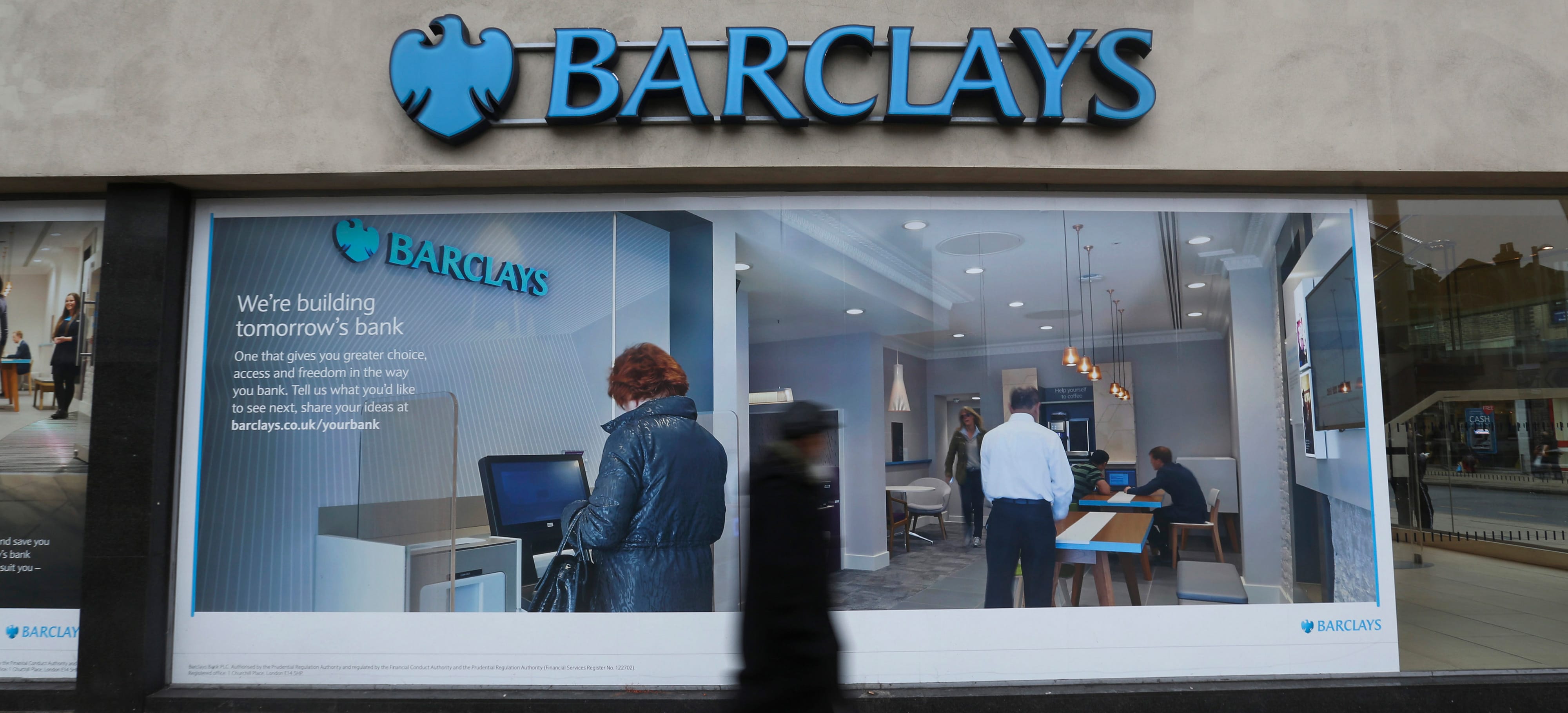Hedge funds continue their positive streak in the market through the year in general, and in the month of June in particular by gaining 0.37 percent, according to the Barclay Hedge Fund Index compiled by BarclayHedge. Leading the pack for the month was Healthcare and Biotechnology sector with gains of 5.32 percent. The index has been in the green for the past 11 of the 12 months and in 2017 it is already up by 4.41 percent. Overall 13 out of 17 sub-indices recorded growth in June. Healthcare and Biotechnology (5.32 percent), Pacific Rim Equities (1.85 percent) and Equity Long Bias (0.85 percent) were top gainers in the index. Technology (1.21 percent), Global Macro (0.74 percent) and Distressed Securities (0.13 percent) underperformed the index and were top losers. This year has been best for the Healthcare and Biotechnology sector which recorded the highest gain of (11.92 percent), followed by Technology (11.08 percent) and Emerging Markets (8.24 percent). Global Macro has been the biggest loser in the index this month and this year it has recorded a decline of 0.15 percent. The overall strength in the index was supported by the continued rally of US equity market and big returns from specific market segments. Sol Waksman, founder and President of BarclayHedge, said: "2017 has been an interesting year for the hedge fund industry. While the U.S. market has remained strong, recent attention has been focused in emerging markets and Europe. We’ve seen positive returns in a period of historically low Volatility ; it will be interesting to see how markets perform if volatility picks up."
Hedge funds continue their positive streak in the market through the year in general, and in the month of June in particular by gaining 0.37 percent, according to the Barclay Hedge Fund Index compiled by BarclayHedge. Leading the pack for the month was Healthcare and Biotechnology sector with gains of 5.32 percent. The index has been in the green for the past 11 of the 12 months and in 2017 it is already up by 4.41 percent. Overall 13 out of 17 sub-indices recorded growth in June. Healthcare and Biotechnology (5.32 percent), Pacific Rim Equities Equities Equities can be characterized as stocks or shares in a company that investors can buy or sell. When you buy a stock, you are in essence buying an equity, becoming a partial owner of shares in a specific company or fund.However, equities do not pay a fixed interest rate, and as such are not considered guaranteed income. As such, equity markets are often associated with risk.When a company issues bonds, it’s taking loans from buyers. When a company offers shares, on the other hand, it’s selling pa Equities can be characterized as stocks or shares in a company that investors can buy or sell. When you buy a stock, you are in essence buying an equity, becoming a partial owner of shares in a specific company or fund.However, equities do not pay a fixed interest rate, and as such are not considered guaranteed income. As such, equity markets are often associated with risk.When a company issues bonds, it’s taking loans from buyers. When a company offers shares, on the other hand, it’s selling pa Read this Term (1.85 percent) and Equity Long Bias (0.85 percent) were top gainers in the index. Technology (1.21 percent), Global Macro (0.74 percent) and Distressed Securities (0.13 percent) underperformed the index and were top losers. This year has been best for the Healthcare and Biotechnology sector which recorded the highest gain of (11.92 percent), followed by Technology (11.08 percent) and Emerging Markets (8.24 percent). Global Macro has been the biggest loser in the index this month and this year it has recorded a decline of 0.15 percent. The overall strength in the index was supported by the continued rally of US equity market and big returns from specific market segments. Sol Waksman, founder and President of BarclayHedge, said: "2017 has been an interesting year for the hedge fund industry. While the U.S. market has remained strong, recent attention has been focused in emerging markets and Europe. We’ve seen positive returns in a period of historically low Volatility Volatility In finance, volatility refers to the amount of change in the rate of a financial instrument, such as commodities, currencies, stocks, over a given time period. Essentially, volatility describes the nature of an instrument’s fluctuation; a highly volatile security equates to large fluctuations in price, and a low volatile security equates to timid fluctuations in price. Volatility is an important statistical indicator used by financial traders to assist them in developing trading systems. Traders In finance, volatility refers to the amount of change in the rate of a financial instrument, such as commodities, currencies, stocks, over a given time period. Essentially, volatility describes the nature of an instrument’s fluctuation; a highly volatile security equates to large fluctuations in price, and a low volatile security equates to timid fluctuations in price. Volatility is an important statistical indicator used by financial traders to assist them in developing trading systems. Traders Read this Term; it will be interesting to see how markets perform if volatility picks up."





















